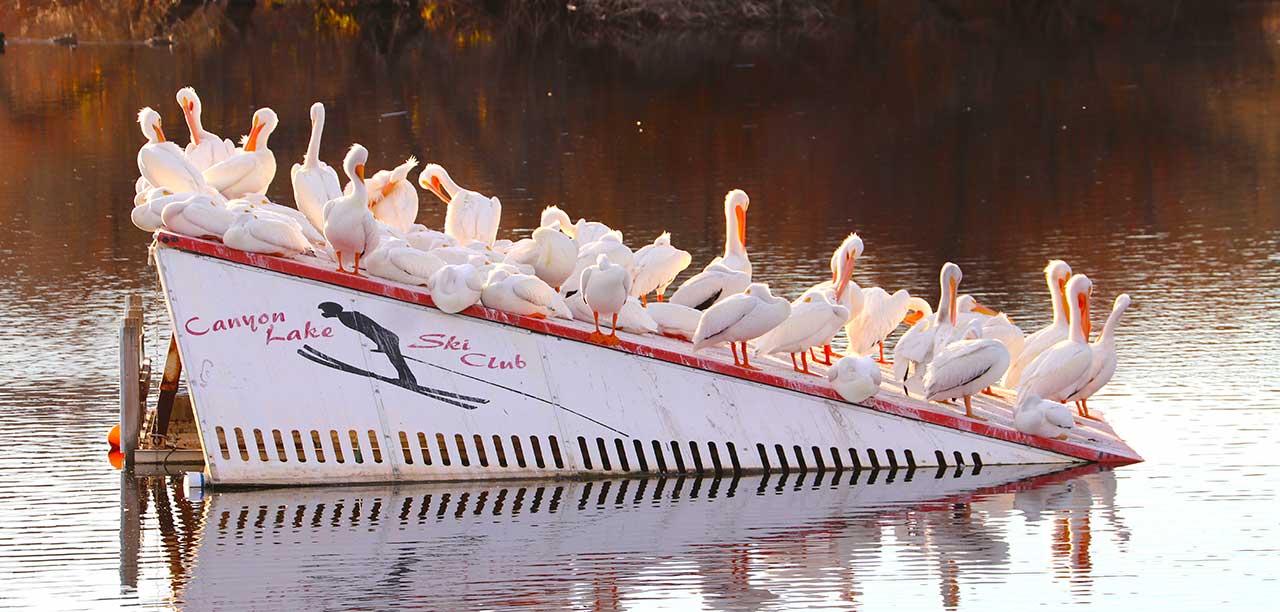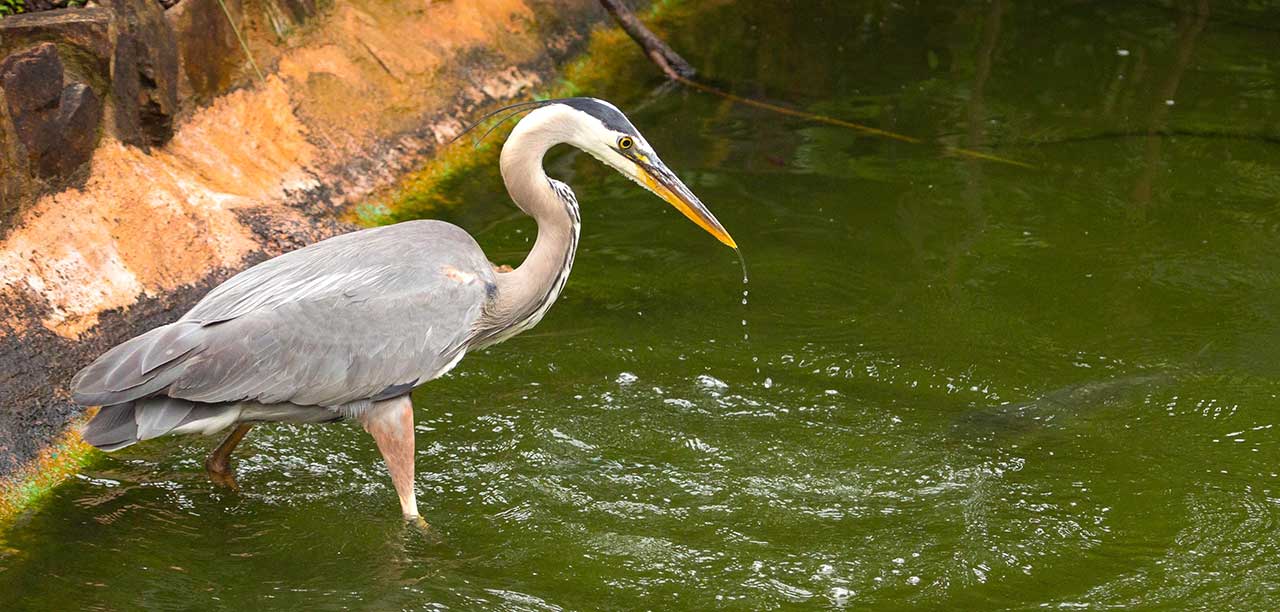Canyon Lakers participate in backyard bird counts
Canyon Lake residents Linda and Lee Freeman participated in the 21st annual Great Backyard Bird Count (GBBC), held Feb. 16 through Feb. 19, 2018, and in the Christmas Bird Count, held Dec. 30, 2017.
During the GBBC, the Freemans, along with bird watchers of all ages from all over the world, counted birds in designated areas and reported their sightings online. The number of participants has grown each year with an estimate of 214,018 people participating in 2017.
The data that is reported from results of the GBBG is used by researchers to learn more about how birds are doing and how to protect them and the environment that we share.
This year is an important milestone for bird watchers as 2018 marks the centennial of the Migratory Bird Treaty Act (MBTA), the most powerful and important bird-protection law ever passed. The MBTA was signed into law in 1918 and is one of the oldest wildlife protection laws on record. As one of National Audubon Society’s first major victories, the MBTA has saved millions, if not billions, of birds.
Stated simply, the MBTA is a law that protects birds from people. The treaty was signed with Canada in response to the extinction or near-extinction many bird species, several of which were hunted for sport or to acquire their feathers. According to the U.S. Fish and Wildlife Service, the MBTA provides that it is unlawful to pursue, hunt, take, capture, kill, possess, sell, purchase, barter, import, export, or transport any migratory bird, or any part, nest, or egg or any such bird, unless authorized under a permit issued by the Secretary of the Interior. Some regulatory exceptions apply. Take is defined in regulations as pursue, hunt, shoot, wound, kill, trap, capture, or collect, or attempt to pursue, hunt, shoot, wound, kill, trap, capture, or collect.
In honor of this milestone, National Geographic, National Audubon Society, Cornell Labe of Ornithology, BirdLift International and more than 100 other organizations have named 2018 as “ The Year of the Bird.”
In this endeavor, National Geographic has taken the lead planning 12 months of storytelling, books, migration maps, television specials and an in-depth exhibition at the National Geographic Museum in Washington, D.C. Other organizations will join to examine how our ever-changing environment is adding to a dramatic loss of bird species around the world. The studies will then determine what might be done to correct this situation.
To develop a larger and more varied bird population in Canyon Lake, Lee and Linda are in the process of making their yard more bird-friendly. They have taken the challenge of “The Year of the Bird” very seriously and have planted Cleveland Sage in the corner of their yard to encourage the Goldfinches to inhabit the area.
Another resident, Ted Horton, is presently a member of the Audubon International Board of Directors. Ted has been involved in the selection of plants for the various parks and other public areas of Canyon Lake. He encourages each resident to consider selecting plants for their yard which will not only be drought resistant but also a food source for our local birds and butterflies.
For “The Year of the Bird,” people are asked to take simple actions each month that will help birds. To learn how you and your family can participate in the challenge, visit audubon.org/yearofthebird.
On Dec. 30, 2017, Linda and Lee took part in the Christmas Bird Count for the 8th consecutive year. They joined tens of thousands of other volunteers across the globe counting birds to enable the Audubon Society and other organizations to use the data collected to determine the health of the bird population and help guide conservative actions.
Twenty-two Audubon volunteers from Elsinore Valley noted that they had seen a total of 138 different species with a total of 9,659 birds seen on that day.
On that same day in Canyon Lake, Lee and Linda saw a total of 714 birds which represented 33 species. Of the 33 species that were seen, Lee and Linda noted that 18 of the species are regular visitors in Canyon Lake backyards such as the lesser goldfinch, Bewick’s wren, California towhee and Anna’s and Costa’s hummingbirds.
It was not a surprise that the double-crested cormorants were the most seen bird in Canyon Lake at a total of 141. Second most seen birds were the ruddy ducks and northern shoveler ducks. The least seen bird in Canyon Lake was a Bewick’s wren which was located in Linda and Lee’s backyard.
Linda did share an interesting fact about bird watching in Canyon Lake.” We live near the east gate and our birds are much different than those seen around the water since we have more of a Chaparral habitat,” she said.
Some of the Linda and Lee’s favorite birds around the lake are the ruddy ducks, white pelicans, western grebes and Bonaparte’s gulls. This year, their most thrilling sighting was locating a red-shouldered hawk on the golf course.
Previous Article
Scholarships available to Canyon Lake students




 April 19, 2024
April 19, 2024